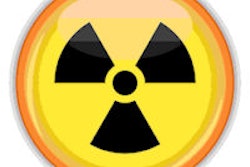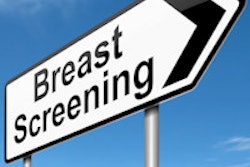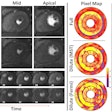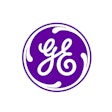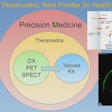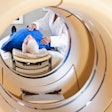Dear AuntMinnie Member,
Are U.S. nuclear imaging sites doing enough to optimize radiation doses delivered during nuclear myocardial perfusion imaging (MPI) scans? A new study raises that question after comparing doses at U.S. and European sites -- and finding that U.S. doses typically were 20% higher.
Researchers measured radiation doses at nearly 8,000 nuclear imaging sites around the world, assessing not only dose but also the frequency with which sites followed best practices for dose reduction and optimization.
The data showed that U.S. facilities are falling short on both counts. The median effective dose was higher in the U.S. compared to Europe, and fewer U.S. sites reported following any of eight best practices widely accepted to be good methods for reducing MPI dose.
Learn more about the study by clicking here, or visit our Molecular Imaging Community at molecular.auntminnie.com.
Technologies to watch in 2016
What technologies should you be on the lookout for in 2016? It's a tough question to answer, but fortunately healthcare research and consulting firm ECRI Institute offers some guidance with its annual Top 10 Hospital C-Suite Watch List.
This year, two CT-related technologies made the cut: mobile stroke units, which rely on special ambulances outfitted with mobile CT scanners, and spectral CT systems.
Both technologies are relatively novel. Mobile stroke units are only being operated at two locations in the U.S. While spectral CT has been around longer, the jury is still out on the clinical effectiveness of the technology, the ECRI report noted. Get the rest of the story by clicking here.
While you're in our CT Community, be sure to check out this article on a study that compared CT colonography against the fecal immunochemical test (FIT) and conventional optical colonoscopy.






